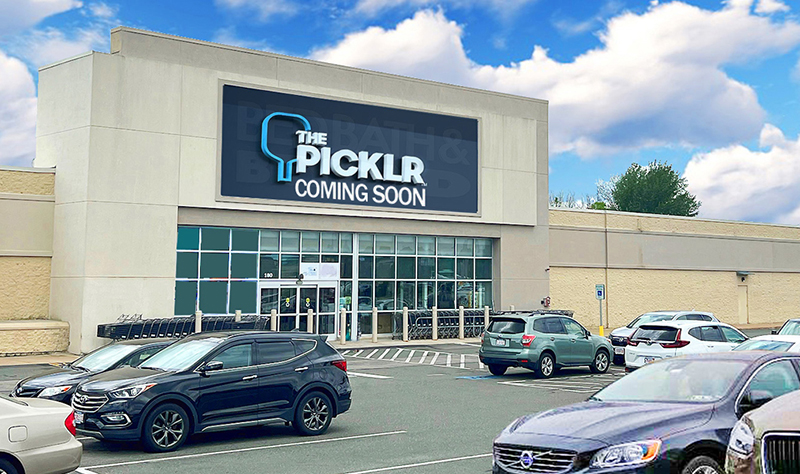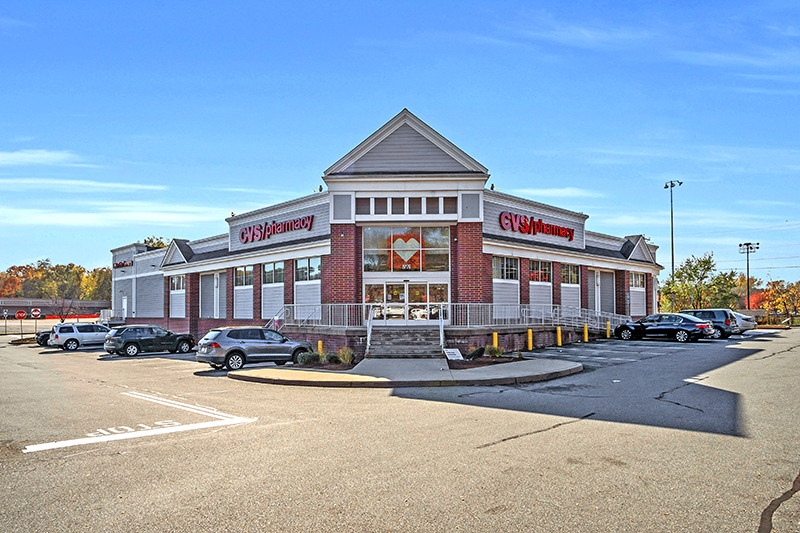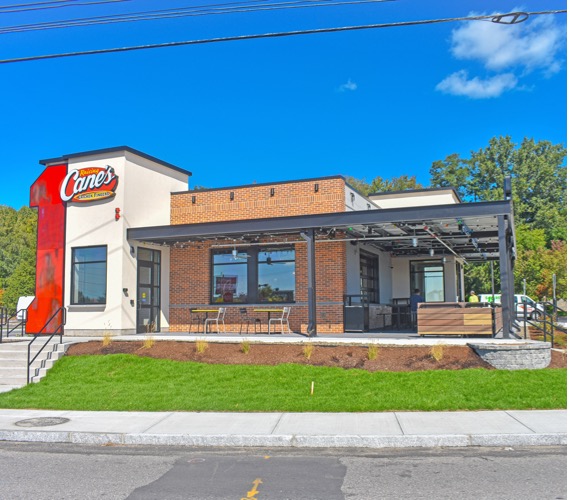News: Retail
Posted: August 20, 2008
Avoiding the next green wave: Green disputes on design, product, certification and owner/tenant
The green building movement is sweeping the nation. Both public and private entities are embracing the concept. Among the potential benefits include the fact that green building helps the environment, provides cleaner and healthier workplaces/residences and even can generate tax credits for the owner. The cost of building green becomes more economical almost daily. Unfortunately, not everything related to this phenomenon is positive. The world must now brace itself for the next green trend, green disputes. To date, there has been little active litigation relating to green building. However, little by little, green litigation, or the threat of green litigation is becoming part of the reality of green building.
In order to survive and prosper in this changing environment, one must be cognizant of the types of green building disputes that may arise, and take preventative steps now in order to avoid them. The key is to understand what is coming, and be ready, willing and able to respond accordingly. Disputes, or potential disputes, may come in many forms, including:
Design Disputes:
Disputes relating to the design of green buildings are being made or threatened with increasing frequency and for a variety of reasons. These disputes typically involve allegations of defective design, green measures as performance specifications and responsibilities for delays on green materials.
Product Disputes:
Disputes by or against manufacturers and suppliers typically stem from disputes as to whether building materials are green. Although the disputes in this area are not as prevalent as they were several years ago, it is clear that there is no single definition of the term green that is accepted throughout the industry. Does the term green mean that the product itself consists of certain materials, that the product was manufactured in a green way (its "carbon footprint"), or that the material will qualify the owner for green tax credits?
Certification Disputes:
Disputes also arise from the process in which a particular building is rated, or over the rating that a building ultimately receives. In many instances, the disputes arise based upon a guarantee, or at least the perception of a guarantee, of a particular LEED (or other) certification. Many individuals in the building process still do not understand that particular levels of LEED certification cannot be guaranteed and that the certification will only take place after the building is completed.
Owner/Tenant Disputes:
Disputes also arise between owners and tenants regarding each entity's responsibilities for a green building. For instance, warranty and guarantee language must be checked and coordinated to confirm that new green construction procedures or installation materials and/or techniques do not void the warranty or guarantee for a product. A failure to accomplish this simple task may lead to subsequent disputes. Other disputes arise when the tenant is promised that the new facility will be more energy efficient because it is green. However, the method of measuring whether a facility is more energy-efficient is often undefined (or very poorly defined) and disputes may ultimately arise as to whether the promise has been fulfilled.
Fortunately, many of these potential disputes can be avoided. Perhaps the best weapon that we all have at our disposal to avoid disputes is proper communication. All sides should have the same or similar understanding of the intended scope of work and/or each party's responsibilities. For instance, the product seller should use a defined standard as a basis for his green compliance claims and the LEED certification process should be carefully explained to all at the outset. Never assume that your client or professionals know exactly what is on your mind, particularly when it comes to new technology, like the green phenomenon.
A key component of the communication process is having a good contract between the parties. Project members can take action to avoid potential disputes with clear contract language that defines the responsibilities of various parties for green issues and certification, adequately adjusts the expectations of all parties, and clearly states the standard of care that applies to the project. A good contract cannot unequivocally eliminate all potential disputes, but it will go a long way to that end.
The green building movement is here to stay. We should all embrace it for what it is and enjoy the benefits but we should also protect ourselves from the potential negative fallout by properly communicating and insisting upon a good clear contract.
Donald Doeg is an attorney at Updike, Kelly & Spellacy, P.C., Hartford, Conn.
Tags:
Retail
MORE FROM Retail
Mace of KeyPoint Partners negotiates 36,192 s/f lease for The Picklr at Endicott Square
Danvers, MA KeyPoint Partners (KPP) negotiated a lease with the nation’s premier indoor pickleball venue The Picklr at Endicott Sq. Vice president of retail brokerage Don Mace negotiated the transaction on behalf of the landlord.




.jpg)


.png)
